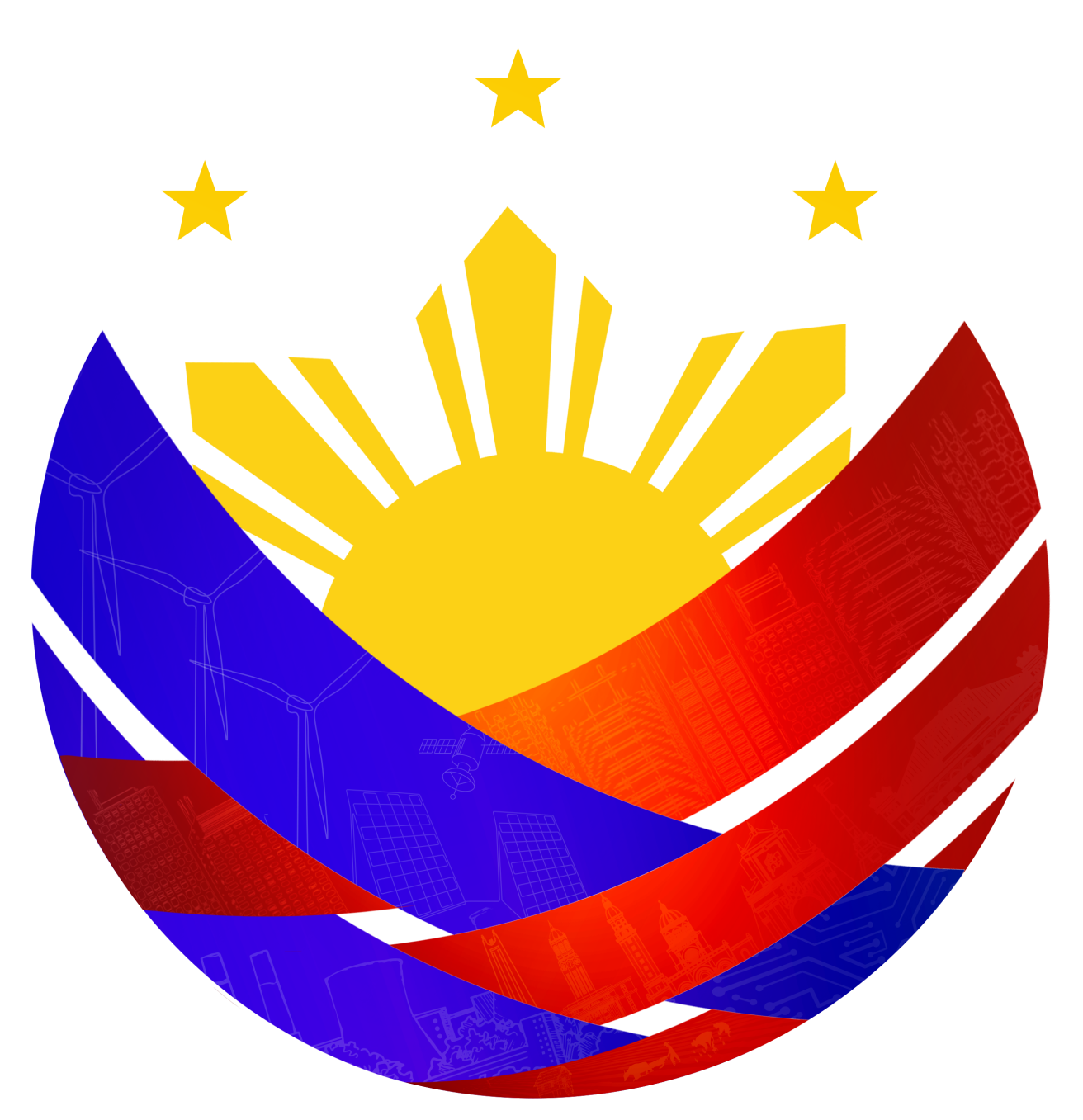
Province of Pangasinan
Pangasinan is a province of the Philippines located in the Ilocos Region (Region I) of Luzon. The province covers roughly 5,451.59 square kilometers and is composed of 44 municipalities and 4 cities, with a total of 1,364 barangays. The capital of the province is Lingayen. The name 'Pangasinan' comes from the word asin (salt), as the province has long been known for its salt-making industry, particularly along the Lingayen Gulf.
History
During the Spanish period (16th century), Pangasinan was officially founded as a province in 1580, making it one of the earliest provinces established in the Philippines. It played an important role in early resistance to Spanish rule, most notably through the revolt led by Andres Malong in 1660 and later by Juan de la Cruz Palaris in 1762–1765. In the American era (1899–1946), Pangasinan continued to thrive as an agricultural hub, becoming known as the Philippines’ leading producer of rice, mangoes, and fish products. The Hundred Islands and Lingayen Gulf also became strategic areas during World War II, particularly during the Japanese landing in 1941 and the Allied liberation in 1945. Today, Pangasinan is among the most populous provinces in the country, with a rich cultural heritage highlighted by the Pangasinan language, the famous Bangus (milkfish) Festival in Dagupan, and its natural wonders such as the Hundred Islands National Park.